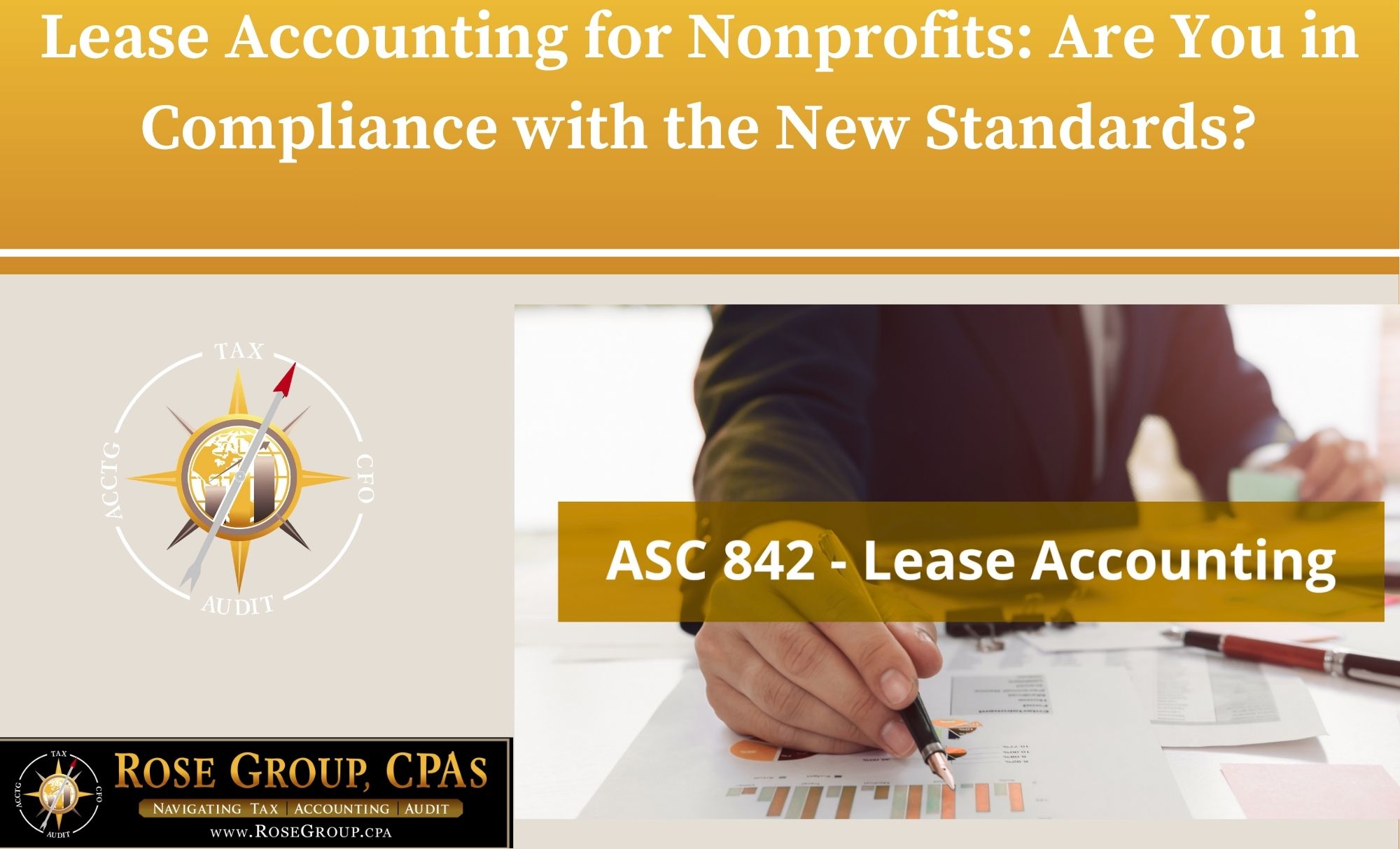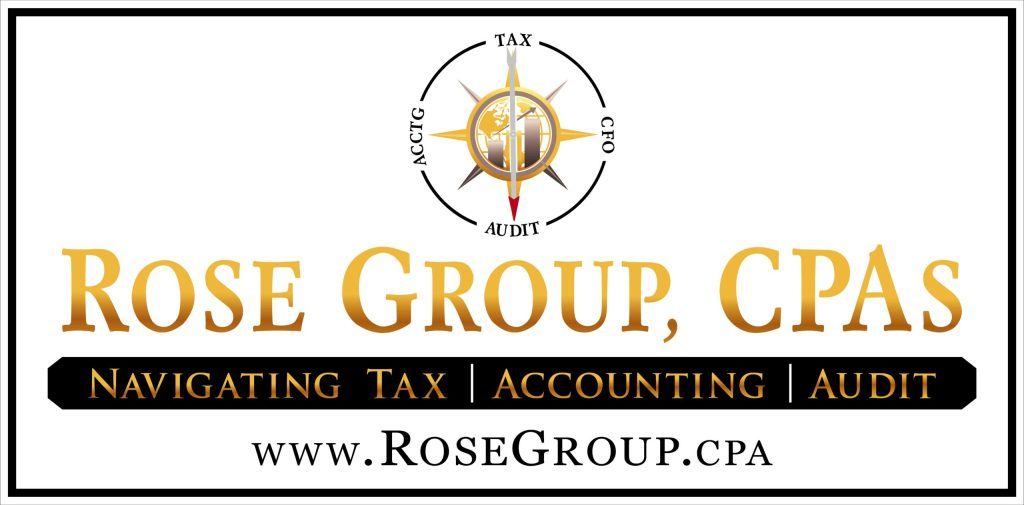If your nonprofit organization hasn’t updated how it records leases in its financial statements, you’re not alone — but you may also be out of compliance. Many nonprofits haven’t updated lease accounting process under ASC 842, you may be missing right-of-use assets and lease liabilities required for compliance as required under ASC 842, the new lease accounting standard.
By learning and understanding the new standards and some process updates, your organization can catch up and stay compliant.
The Basics: What Changed Under ASC 842
Under the old standard (ASC 840), most leases were categorized as either operating or capital leases, and operating leases didn’t appear on the balance sheet. That meant organizations could have long-term lease obligations that were never fully visible in their financial position.
ASC 842, which applies to both for-profit and nonprofit entities, changed that. Now, nearly all leases must be recognized on the balance sheet. The new standard requires organizations to record:
- A right-of-use (ROU) asset — representing your right to use the leased asset during the lease term.
- A lease liability — representing your obligation to make future lease payments.
Even short-term leases (12 months or less) need to be evaluated to determine whether they qualify for simplified treatment.
Why This Matters for Nonprofits Accounting Compliance
For nonprofits, transparency and accountability are core values — both to donors and regulatory bodies. Lease accounting plays a role in that.
If your organization hasn’t yet implemented ASC 842:
- Your financial statements may be misstated, affecting your audit opinion.
- Grantors, lenders, and watchdog organizations could question the accuracy of your financial reporting.
- You may find yourself scrambling at audit time to gather documentation and calculate adjustments.
Auditors are now required to ensure that all lease arrangements — including office space, copiers, storage facilities, and equipment leases — are properly evaluated under the new rules. Simply listing lease expenses on your income statement is no longer enough. At Rose Group CPAs, we discover the noncompliant lease treatment when performing the audit. We then have to pause the audit and wait for the organization to correct the accounting records. Under FASB’s Accounting Standards Codification 842, nonprofits must record all leases on the balance sheet, improving transparency in nonprofit financial reporting.
Common Pitfalls We’re Seeing
Many nonprofits are unintentionally out of compliance because they:
- Haven’t identified all their lease agreements (some informal arrangements still count).
- Didn’t realize that copier and equipment leases also fall under ASC 842.
- Haven’t recorded the right-of-use asset or lease liability on the balance sheet.
- Are continuing to expense rent payments without the required balance sheet recognition.
If this sounds familiar, now’s the time to get your records in order.
Steps to Get Back on Track
Here’s how to bring your organization into compliance:
- Inventory all leases — including any informal or recurring agreements.
- Classify each lease as operating or finance under ASC 842 criteria.
- Calculate the present value of lease payments to determine your lease liability.
- Record both the liability and the corresponding ROU asset on your balance sheet.
- Disclose lease terms and assumptions in your financial statement footnotes.
If your nonprofit has an annual audit, your auditors will look for evidence that ASC 842 has been implemented. The transition can be technical, but once in place, the ongoing accounting is relatively straightforward.
Lease accounting under ASC 842 isn’t just a compliance exercise — it’s a reflection of your organization’s financial integrity. Nonprofits that stay current with evolving standards show funders, donors, and the community that they take financial stewardship seriously.
If you’re unsure whether your nonprofit’s lease accounting meets the new requirements, Rose Group CPAs can help you evaluate your leases, update your records, and prepare compliant financial statements.


